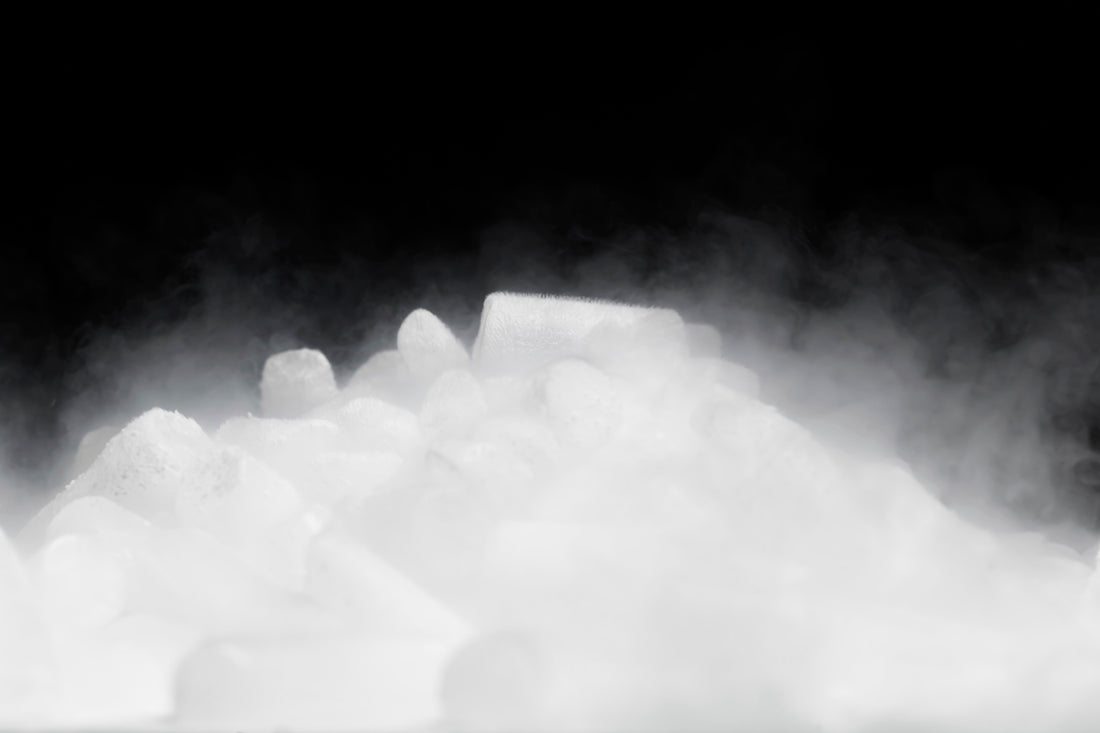Whether you’re planning a party, hosting an event, or just trying to get your favorite MOKIPOPS from point A to point B, one challenge always comes up: how do you keep popsicles frozen during transport?
The answer? Two words: dry ice.
In this quick guide, we’ll walk you through everything you need to know to keep your popsicles perfectly frozen and delicious—even during long trips or outdoor events.
Why Dry Ice Works Best for Popsicles
Dry ice is the solid form of carbon dioxide and has a temperature of -109.3°F (-78.5°C). That’s much colder than regular ice and doesn’t melt into a puddle—it sublimates, meaning it turns directly into gas. This makes it a powerful tool to keep frozen treats like MOKIPOPS solid and safe during transport.
When Should You Use Dry Ice?
Dry ice is perfect for situations like:
- Outdoor events and festivals
- Shipping MOKIPOPS across long distances
- Keeping popsicles frozen in a cooler for 6+ hours
- Serving popsicles at weddings, birthday parties, and corporate events
How Much Dry Ice Do You Need?
For most cooler-based transport, a general rule of thumb is:
5 to 10 pounds of dry ice per 24-hour period in a standard 25-quart cooler.
For MOKIPOPS events, we typically recommend:
- 5 lbs of dry ice for every 50-100 pops in a well-insulated cooler.
- Layer dry ice at the bottom to chill a hot cooler first. (Do not put pops into a hot cooler). Place in your pops and then layer dry ice on top of your pops. Always use protective gloves when handling.
Step-by-Step: Transporting Popsicles with Dry Ice
-
Choose the right cooler.
- Use a thick-walled, insulated cooler. Avoid thin Styrofoam boxes for longer transports.
- Wrap the dry ice.
- Use newspaper or a towel to wrap the dry ice. This slows down sublimation and protects your pops from direct contact (which can cause freezer burn).
-
Pack your MOKIPOPS tightly.
- Less empty space = better cold retention. You can fill gaps with cardboard or extra insulation.
- Top layer: Best for keeping pops cold without direct contact.
- Bottom layer: Good for quick freezing, but make sure pops are shielded.
- Place the dry ice.
-
Limit cooler opening.
- Every time you open the lid, you release cold air. Plan ahead to minimize opening and keep the cold in.
-
Ventilate your vehicle.
- Dry ice releases CO₂ gas. Always keep windows cracked open slightly if traveling with dry ice in an enclosed car.
Safety Tips
- Never touch dry ice with bare hands – use gloves or tongs.
- Keep dry ice out of reach of children.
- Do not store dry ice in airtight containers – the gas needs to escape, or pressure can build up.
Bonus: Eco-Friendly and Efficient
Dry ice evaporates completely, leaving no mess behind. And since it’s made from recycled CO₂, it’s a surprisingly eco-conscious cooling option when used correctly.
Final Thoughts
If you’re planning to transport your MOKIPOPS across town—or even across the state—dry ice is your best friend. With the right setup, your pops will arrive frozen, fresh, and ready to serve.
Want more assistance for planning your next popsicle-powered event? Check out our Events & Catering page or Contact Us for help planning your next big (and frozen) idea.

